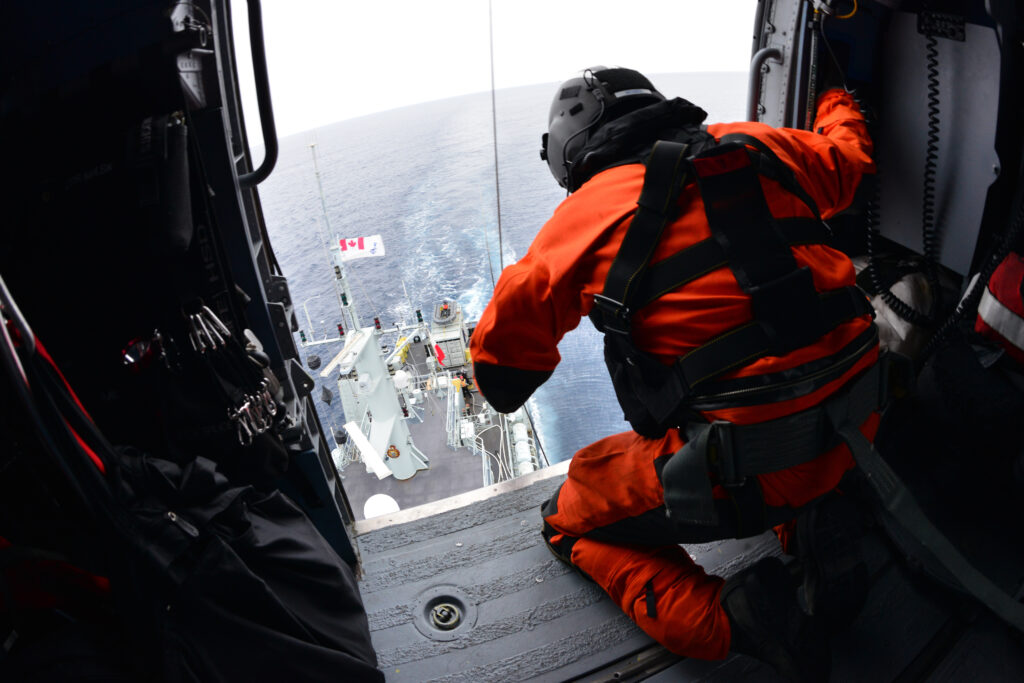[This piece was originally published by War on the Rocks and is accessible in full here.]
Canada’s military is in a “death spiral.” This is how Minister of National Defense Bill Blair described the state of Canada’s armed forces at last month’s Ottawa Conference on Security and Defense. Blair’s comments referenced the military’s dire recruitment and retention crisis. The Canadian Armed Forces are short 16,000 people — about 15 percent of their authorized strength of 71,500 regular forces and 30,000 primary reserve forces. Despite efforts such as opening the military to permanent residents, there’s no indication that the situation will improve. Less than 1 percent of applications from permanent residents to join the regular force were accepted, with 15,000 applicants walking away amid the 18- to 24-month-long application process. While the Canadian government has signed several high-profile contractsfor new equipment such as F-35s, Predator drones, and P-8A Poseidons, at this rate, there may not be anybody to use these capabilities when they come online.
Allies and critics are rightfully calling on Canada to meet the 2 percent of gross domestic product spending target agreed to by NATO, but the Canadian military’s troubles are deeper than insufficient funds. Canada’s ability to meaningfully contribute to major allied operations is in doubt for the foreseeable future. Despite increased defense spending by 70percent between 2017 and 2026, an internal report on the readiness of the Canadian Armed Forces was released to the media the same week that Blair made his remarks. The report paints a bleak picture: Most of Canada’s major fleets are unavailable or unserviceable. Indeed, on average, only 45 percent of Canada’s air force fleet is operational, while the Royal Canadian Navy can operate at 46 percent of its capacity and the army at 54 percent. This means that even Canada’s minor military projection ambition — which consists of only three frigates, two fighter jet squadrons, and one mechanized brigade — is not assured. As the ninth largest economy in the world and twelfth largest per capita, Canada actually contributes little to allied security and cannot be relied upon to sustain its own limited ambition.
There are few indications that things will get better soon. On 8 April 2024, the Canadian government announced more than $72 billion in new defense funding over the next two decades. This is projected to bring Canadian military expenditures to a peak of 1.76 percent of gross domestic product in 2029. This is a welcome injection of funds on top of the nearly $215 billion the Canadian government is expecting to invest in the armed forces over the next 20 years. Most of this new spending, however, is years away and won’t address the military’s immediate woes. To be blunt, Canada’s military is in an atrocious state and is barely holding on. The roots of this crisis are found in Canada’s strategic culture and decades-old decisions about defense. The way out of the crisis, meanwhile, is paved with seemingly insuperable obstacles, including a chronic shortage of personnel, an inability to spend funds quickly, a lack of bipartisan agreement on military requirements, and a culture of reactiveness and unpreparedness toward new geopolitical challenges.
***
To keep reading, go to War on the Rocks.






Comments are closed.